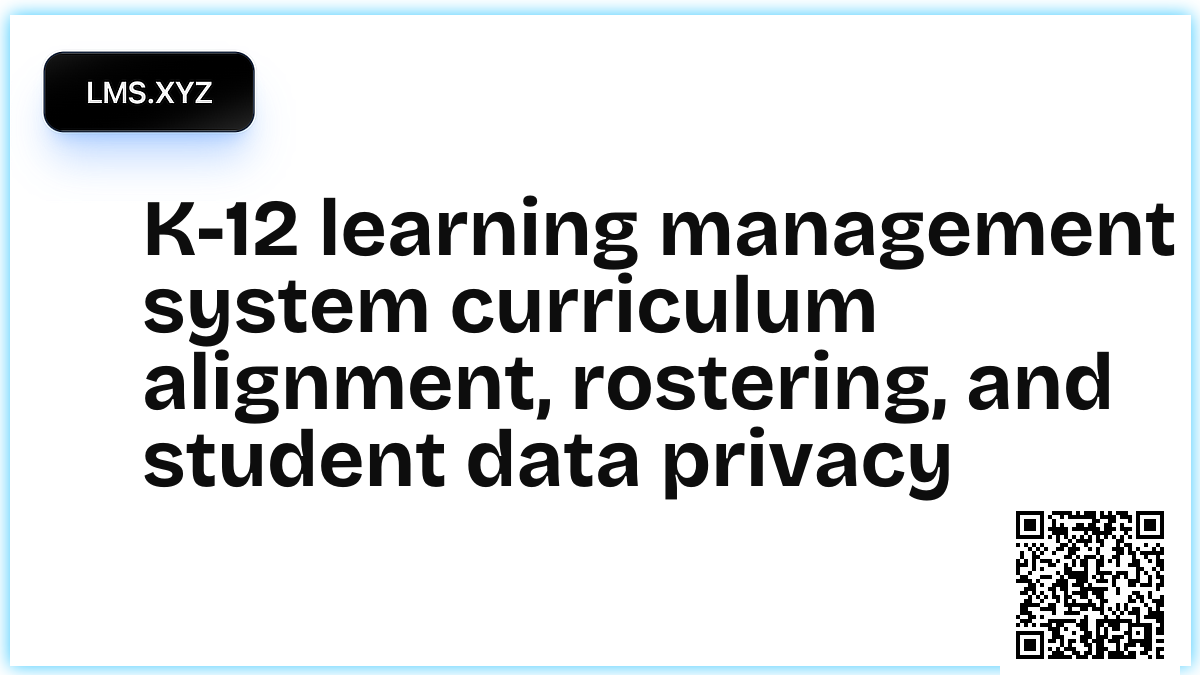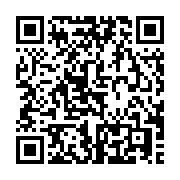K-12 learning management system curriculum alignment, rostering, and student data privacy

Districts rely on learning management systems to support daily instruction. The right platform aligns to standards, reduces login pain, and protects student data. A clear plan across content, identity, and privacy drives better outcomes for teachers and students.
Curriculum alignment and instructional design
Curriculum teams anchor work to state and district standards. An LMS should map objectives to lessons, quizzes, and units. Tagging at the outcome level enables granular reporting and remediation.
Templates help teachers build consistent courses. Districts can ship unit shells with pacing guides, rubrics, and common assessments. This gives educators a head start while preserving room for choice.
Adaptive release supports mastery. Teachers can gate later activities until a learner demonstrates understanding. Clear progress bars keep students on track and reduce confusion.
Rostering and identity management
Rostering can absorb significant time if handled manually. Automated sync from a student information system keeps enrollments current. Course sections should reflect schedules, accommodations, and co teacher roles.
Single sign on reduces password resets and missed time. Younger students need simplified launch flows and classroom friendly devices. QR codes and picture passwords are options when aligned with policy.
Role based permissions keep gradebooks safe. Schools often set strict boundaries between classes and subjects. Clear defaults prevent accidental cross access.
Assessment, feedback, and progress monitoring
Assessment spans quick checks, common formatives, and summatives. A balanced system includes auto graded items and teacher scored tasks. Item banks speed up test creation and support consistency.
Feedback should be timely and specific. Rubrics make expectations clear and reduce grading time. Audio and video comments can improve engagement when used with care.
Progress monitoring supports interventions. Dashboards should flag missing work, low scores, and attendance patterns. Counselors and specialists need their own views with privacy controls.
Accessibility and inclusive design
Accessibility is fundamental in K-12. Platforms must support captions, alt text, and keyboard navigation. High contrast themes and readable fonts improve usability for many learners.
Content should offer multiple formats. Transcripts, print friendly pages, and adjustable playback speed help. These features remove friction without lowering expectations.
Training helps teachers apply best practices. Short modules on accessible authoring raise quality at scale. Districts can include accessibility checks in course reviews.
Student data privacy and safety
Districts assume strict duties for student data. A clear data map identifies what is collected, where it flows, and who can access it. Data minimization reduces exposure and aligns with policy.
Parental consent and notices require careful handling. Portals should present concise explanations and options. Audit logs must capture changes to permissions and enrollments.
Content filters and chat controls protect students. When social features exist, moderation and reporting tools must be strong. Administrators should tune defaults to match school norms.
Family engagement
Guardians benefit from transparent views into student work. Observer roles can show upcoming assignments, rubrics, and messages. Simple email summaries can be enough when paired with alerts.
Translation options help families who prefer languages other than English. Interfaces and messages should support plain language. Clarity reduces support calls and builds trust.
Implementation and teacher enablement
Effective rollouts start small and iterate. Pilot with a mix of grade levels and subjects. Collect feedback on setup, grading, and communication tools.
Professional learning should be job embedded. Offer short sessions aligned to daily tasks, not long theory blocks. Badges or microcredentials can motivate participation when done well.
Technology teams need steady processes. Define escalation paths for roster issues, access resets, and device problems. Weekly check ins between curriculum, IT, and school leaders keep priorities aligned.
Measuring impact
Districts look for evidence of improved outcomes and efficiency. Track assignment completion, time on task, and course pass rates. Observe teacher time saved on grading or messaging.
Equity matters in measurement. Segment results by school, grade, and student group to spot gaps. Use findings to adjust content, supports, and training.
Buyer checklist
- Rostering: automated sync, section mapping, co teachers
- Identity: SSO, age appropriate logins, session controls
- Curriculum: standards tags, templates, item banks
- Accessibility: captions, alt text, keyboard navigation
- Privacy: data map, audit logs, consent flows
- Communication: messaging, guardian summaries, translation options
Bottom line
K-12 learning management systems must fit the classroom. Platforms that simplify rostering, support standards, and respect privacy free teachers to focus on instruction. A careful rollout and clear metrics sustain momentum across the year.
